The Idea of Iran: Turks and Persians and the Spread of the Persianate World
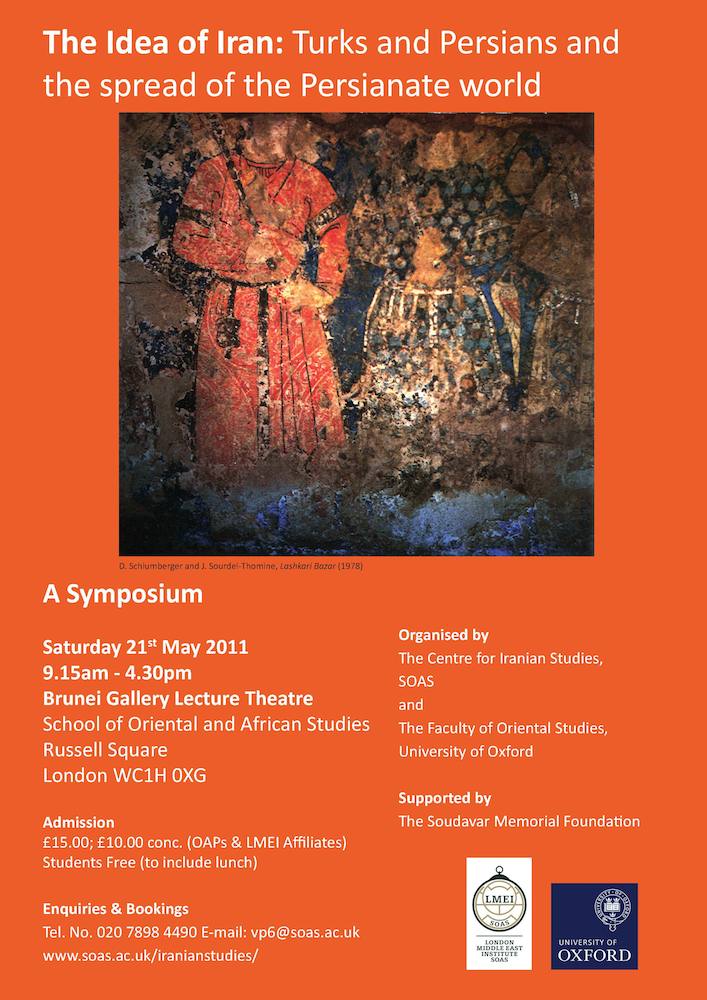
The eighth programme in the series will focus on the years around the end of the first millennium CE, when the political and cultural strength of the Abbasid Caliphate was on the wane and when the Eastern lands of the Islamic empire began to be take on a new character, which has been dubbed ‘Persianate’ or ‘Perso-Islamic’.
One of the paradoxes of the history of the age is that the establishment throughout the Eastern Islamic lands of new Turkish dynasties at the head of Turkish military elites coincided with the genesis and spread (into Central and South Asia) of new Persian language and literature and of Perso-Islamic culture.
Speakers
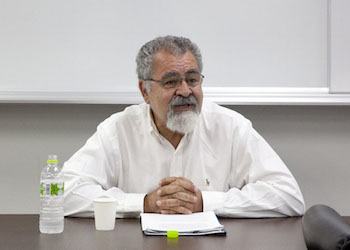
The ‘King of Islam’ and its Typological Significance
Professor Said Amir Arjomand, Distinguished Service Professor of Sociology and Director of the Stonybrook Institute for Global Studies, State University of New York
The revival of the Persian idea of kingship by the Samanids in Transoxania and Iran was a key feature of a distinctive type of political regime which I have called the Persianate polity The idea of imperial monarchy, expressed in the title of ‘king of kings’, was developed within the caliphal body politic of the ‘Abbasid empire by the Buyids in Iran and taken up by the Seljuqs. In Ghazali’s letters of admonishment to the Sultan Sanjar, we come across a significant mode of address, the ‘King of Islam’ (malek-e eslam) that subsequently gained currency in the type of political regime that can be labelled Islamicate royalism. The monarch was called the ‘King of Islam’ (padshah/sultan/shahanshah-e eslam).
The House of Afrasiab: The Powerbase and Historical Identity of the Qarakhanids
Professor Alexsandr Naymark, Associate Professor of Fine Arts, Hofstra University, New York
This paper will talk about the basis of the Qarakhanids’ power at the time of their arrival to Mawaraannahr. Recent excavations in the Zaravshan Valley indicate that while the Qarakhanids tried to present themselves as champions of Islam, their power base was far from being Islamic and monolithic. That may explain why in order to support their claim for the lands of Central Mawaraannahr they had to acquire another identity – one that would place them within the traditional historical context of the Iranian world. As a result, they started presenting themselves as the house of Afrasiab. Some other manifestations of their political identity can be discerned in the paintings recently discovered in the Qarakhanid palace of Samarqand.
Bayhaqi and the Consolations of History
Dr Mohsen Ashtiani, Research Fellow, Columbia University, New York
When Marilyn Waldman’s study of the Ghaznavid historian Abu’l-Fazl Beyhaqi appeared three decades ago, one reviewer likened her endeavour to apply Speech Act Theory to the text’s rhetorical strategies to taking a hammer to a butterfly. In the following years, the butterfly has not only survived the ordeal but shown remarkable resilience. Singling him out as an iconic figure at odds with his own time, some of these studies replicate the way Beyhaqi himself uses historical or pseudo-historical exemplar in a heuristic manner. But a study of his Tarikh-e Mas’udi, along with a range of other writings, suggests a re-valuation of the ways in which he sought solace through an alluringly vivid verbal re-enactment of analogous incidents from the past.

The Poetics of Literary Production and the Circulation of Symbolic Value in the Persephone World, Eleventh-Twelfth Centuries
Professor Franklin Lewis, Associate Professor of Persian Language and Literature in the Department of Near Eastern Languages and Civilisations, University of Chicago
Driven by the impetus to promote a literature of Persephone expression, the Samanid Amirs drew upon legendary or historical models to create a paradigm of poetic patronage and court sponsorship of the literary production. It was this courtly tradition that the Ghaznavids, and after them, the Seljuqs and Khwarazmshahs inherited. But literary patronage was not confined to the Sultan and principal officials of the central court. Poets who failed to win entree to the central court for example, may ultimately tell us more about the dynamics of poet-patron relations as well as the ways in which poets played with class (poets-patron, slave-master) and ethnic (Persian-Turk) difference to create a symbolic universe imbued with a playful tension.
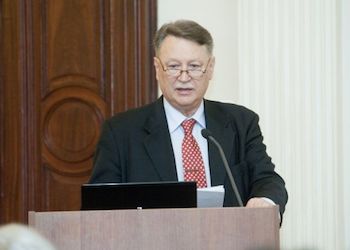
Two Ways of Acculturation: Qarakhanids versus Ghaznavids and Seljuqs
Professor Istvan Vasary, Professor of Turkic and Central Asian Studies, Eotvos Lorand University, Budapest
The Ghaznavids and the Seljuqs readily accepted the superiority of Perso-Islamic high culture, and became fervent propagators of Persianate culture, not even vaguely attempting to embed their aboriginal nomadic culture into the texture of Islam. The sole vehicles for transmitting high culture were Arabic and Persian, while the Turkish language was restricted to family and military usage. In sharp contrast the Qarakhanids, though wholeheartedly embracing the Persianate culture of the conquered land of Transoxiana, made decisive strides to create their own version of Turco-Islamic culture. Their role was as pioneering for the Tuco-Islamic world as that of the Samanids was for the Perso-Islamic world.
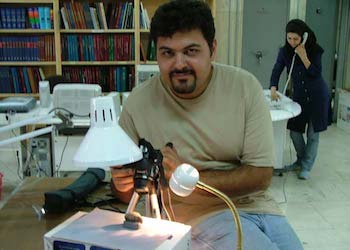
Money, Trade, and Diplomacy: The Commercial Life of Eastern Iran in the Post-Samanid Period
Dr Khodadad Rezakhani, Department of Economic History, London School of Economics (LSE)
The Samanid territories taken over by the new Turkic dynasties continued to thrive, and in the case of their most famous successors, the Ghaznavids, even managed to expand into territories outside the traditional grasp of Iranian dynasties. Incipient Turkic dynasties, Ghaznavids, Qarakhanids, and eventually the Seljuqs, established elaborate and effective trade networks in eastern Iran, Central Asia, and the Steppe, and managed to continue some of the intensive trade known from the earlier Samanid period. This paper will have a general look at the post-Samanid trade networks in Iran, Central Asia, and will consider the role of this trade in attracting further Turkic-speaking tribes to the Iranian Plateau.
Convenors

Professor Edmund Herzig holds the Soudavar Chair in Persian Studies at the Oriental Institute and is a Fellow of Wadham College at the University of Oxford. He received his BA in Russian and Persian from the University of Cambridge and his DPhil in Oriental Studies at the University of Oxford. His thesis was entitled ‘The Armenian Merchants of New Julfa, Isfahan: A Study in Pre-Modern Asian Trade’. His principal research interests are the contemporary history of Iran (currently focusing on the political and international history of the Islamic Republic, and on the relationship between history and national identity in modern Iran); Safavid history; the history of Armenia and the Armenians with special interest in the Armenians of Iran. Recent publications include ‘The Armenians: Past and Present in the Making of National Identity’, with M. Kurkchiyan (2005); ‘Regionalism, Iran and Central Asia’ in International Affairs (2004); ‘Venice and the Julfa Armenian Merchants’ in B. L. Zekiyan and A. Ferrari eds. ‘Gli Armeni e Venezia’.
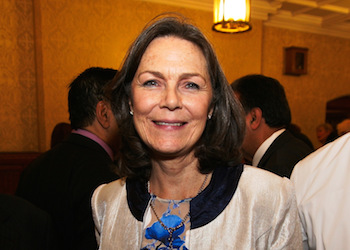
Dr Sarah Stewart is Lecturer in Zoroastrianism in the Department of the Study of Religions at the School of Oriental and African Studies, University of London and Deputy Director of the London Middle East Institute, also at SOAS. She has been co-convenor of the ‘Idea of Iran’ symposia since its inception in 2006 and has co-edited five volumes in the ‘Idea of Iran’ publication series with I.B.Tauris. She serves on the Academic Council of the Iran Heritage Foundation and has been a longstanding Fellow of the British Institute of Persian Studies, most recently serving as its Honorary Secretary until 2013, in which year Dr Stewart co-organised the acclaimed exhibition: ‘The Everlasting Flame: Zoroastrianism in History and Imagination’. Her publications include studies on Parsi and Iranian-Zoroastrian living traditions and is currently working on a publication (in collaboration with Mandana Moavenat) on contemporary Zoroastrianism in Iran.

